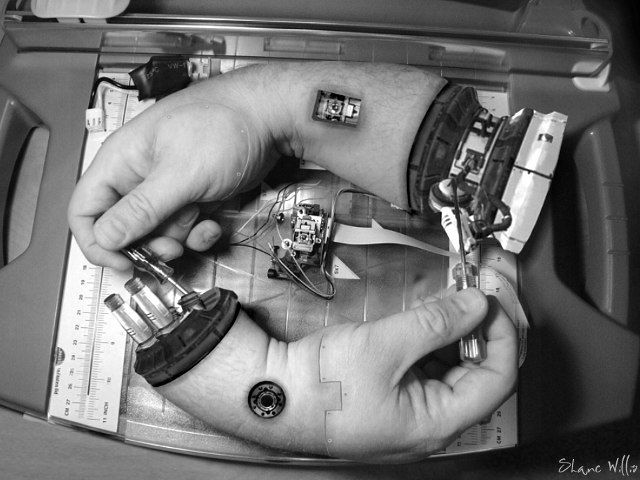invited talk by Michael N. Huhns
Interesting metaphores for differente technologies
- DPS: decomposition
- DAI: coordination
- MAS: interaction
- SOC: encapsulated functionality with a public interface
Nowadays, some social challenges in economy, energy, environment, transportation, telecommunication are the great problems of our age. And they’re massive, distributed, many-faced, with a large number of dependant componentes, controlled action is needed, but centralised control infeasible. SO agents are the tool (I guess) for addressing these problems.
Characteristics of agent paradigm:
- large-scale multiagent participation
- spatially distributed
- temporally extended
- uneven progress
- possibly cooperative
- design domain isomorphic to execution domain
- constrained: it can’t pave everything and no semantic mismatches
- solution is not centralised, bat it occurs at the edge
Example: individualised transportation.
routes of rails and traffic are designed centralised by engineers, instead of be done in real.time by passengers. Speeds limits are set centrally andd fixed. Traffic lights are barely reactive to local traffic, when it can be auctioned in each intersection…. and meny other examples.
Example: individualised healthcare
The systems are designed for hospitals and caregivers, but not for patientes
Example: grocewry shopper
supermarket chains use IT to set prices, but they’re no systems for shopper to find fair prices. Even shoppers could use RFID tagged items in their own profit.
Example: governance
a citizen has a vote that is given to a representative to be used for N issues.
Example: energy
Europen S-TEN project is using semantic web tech to make each componente of hte energy grid to report on its status intelligently. The result is a finer grained status to human operators of the grid
Example: taxation
determine the fair share of every one. In general, people doesn’t mind to pay what is fair, but it is diffucult to determine in the case of ‘commons’.
…and a very interesting example in logistics that I’ve prefered to listen to).
All this is compared with the example of Columbia university: they put the building rounded completely by grass. And after one year they just paved the worn paths made by people. This is the same criteria in all the previous examples: let the agents to interact and to create or re-create the model by themselves.
Consensus …
Consensus ontology: a first step towards agreement spaces. Take a look at this.
Consensus behaviour: select a plan/sequence of actions from the behaviour of the rest (emergence?). So you can find the best algorithm to do something
Hyperscale sw development: consensus provides a different way for developing sw: encourage lots of people to contribute to software systems and they use all of their constributions. The problem is how all these contributions can be combined.
Idealised SOC: given the requirements of an applitacion: (i find a sert of services that cover the requirements nad (ii) workflow
but it is still unused. They’re very similar to agents, but agents have some benefits: autonomy, they’re active components, are complex (n-party interactions)…The problem: flexibility and reliability. HOw to fix it?
decrease autonomy increases predictibility n(this is why SOA is more used that agents)
removing semantic inconsistences too
transaction concepts can ensure ACID resutls
agents can recover states and maintain their progress toward overall goals at run-time.
Well, and it ends with a great sentence that I’ll add here. I’ve written this post complelety on-line, so I’ll need to review it and make some (minor) changes.

